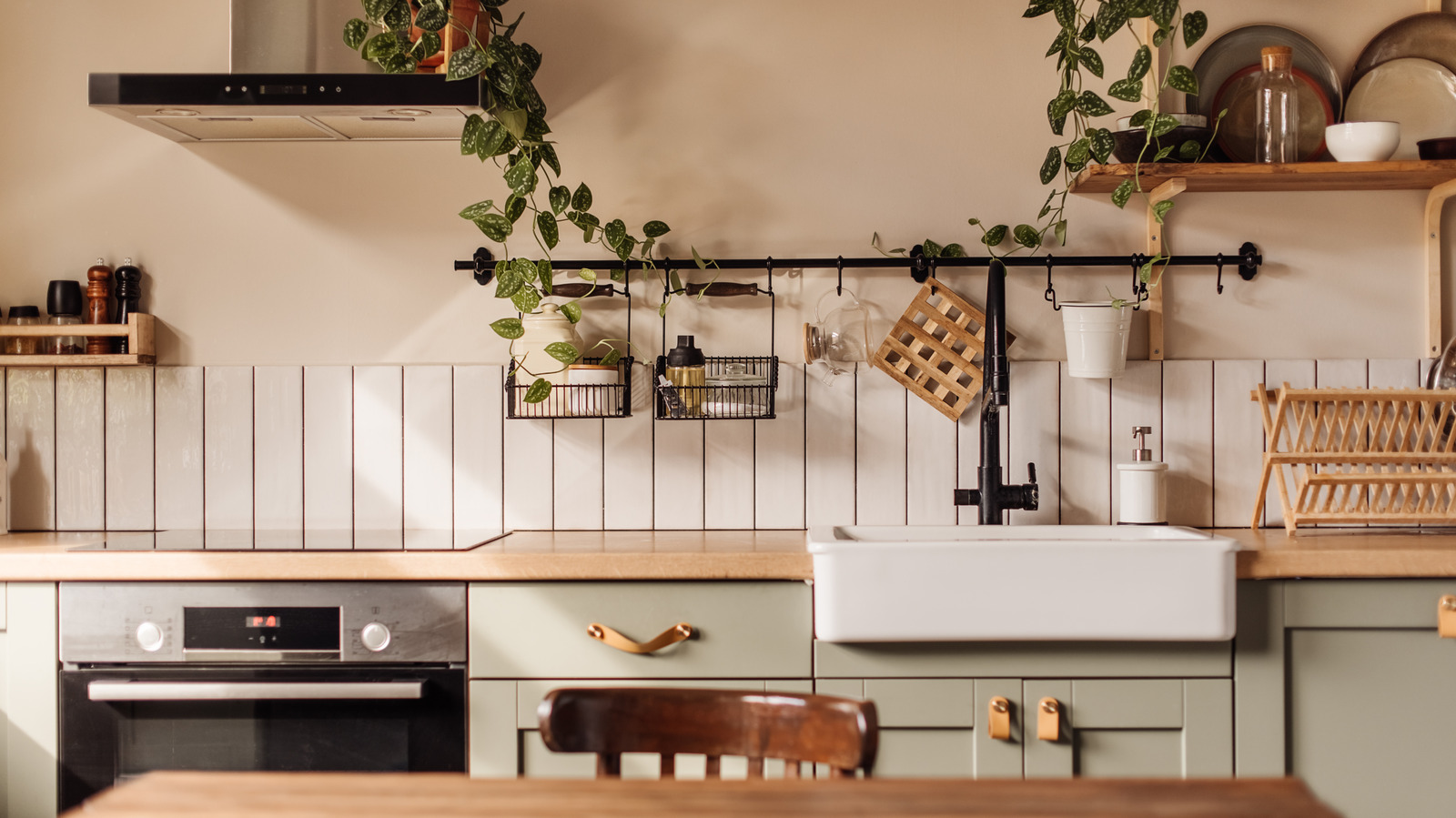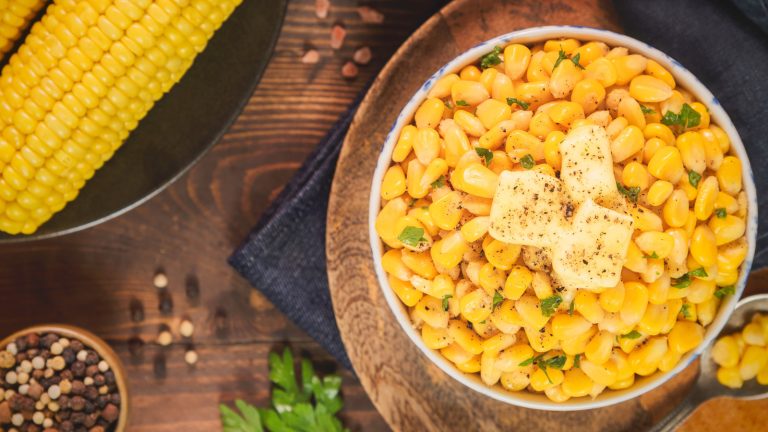We may receive a commission on purchases made from links.
Thrifted kitchen items are all the rage: From cookware to decor to serveware, more people are leaning into the eclectic and artful aesthetics of vintage items incorporated into their spaces, as well as the potential savings of secondhand shopping and the thrill of the hunt across markets, shops, and online resellers. Dining-table chairs are a smart item to thrift, for example, and vintage Pyrex casserole and baking dishes are surging in popularity. Another kitchen category you should absolutely peruse vintage shops for? Kitchen utensils — a specific kind of kitchen utensils.
Teak wood utensils are a treasure to find secondhand. Teak wood in general is a highly sought-after material, from spoons to coffee tables. It’s relatively rare, and the process to harvest and refine it is labor-intensive, and usually done with sustainability in mind. It’s prized for its unrivaled durability as well as for its appealing look — teak is somehow rustic and modern at once, and any touches of it you can get into your kitchen make for an instant style upgrade. Importantly, though, not only do utensils in teak come with that durability, but they’re also gentle on your cookware, heat-resistant, and easy to care for. Teak doesn’t absorb particles and odors like other woods, and can be easily rinsed. All of this adds up to teak wood utensils being pretty pricey new, but you can find them cheaper secondhand. Whenever you see teak wood utensils in a thrift shop, don’t pass them up.
How to identify and care for teak utensils
For the value of finding normally expensive utensils at a thrift-shop deal, you of course want to be sure what you’re looking at is actually teak. It pays to do a little research when buying vintage cooking items. Authentic teak wood has a pretty long, straight grain as opposed to swirlier ones you might see in other woods. The color will be a rich, golden-toned dark brown, or could have more of a whitish-yellow tint — the latter is a sign of age, and it’s a plus in antique furniture, but something you’ll want to fix for utensils. Teak utensils will often also have brand stamps on them — look for logos like that of Dansk’s. This wood also often boasts a leather-like smell and should feel substantial in weight.
It’s important to care for vintage kitchen utensils as soon as you get them, considering you’ll be cooking and serving your food with it. Wash your utensils with soap and warm water and dry them completely. To restore their original color and also season them, which seals the wood off from potential bacterial growth, sand them with sandpaper and then rub them with a food-safe oil like this Bambüsi mineral oil and let them dry. Going forward, you’ll just be able to rinse them with that soap and warm water, and might want to re-oil them every now and again.






